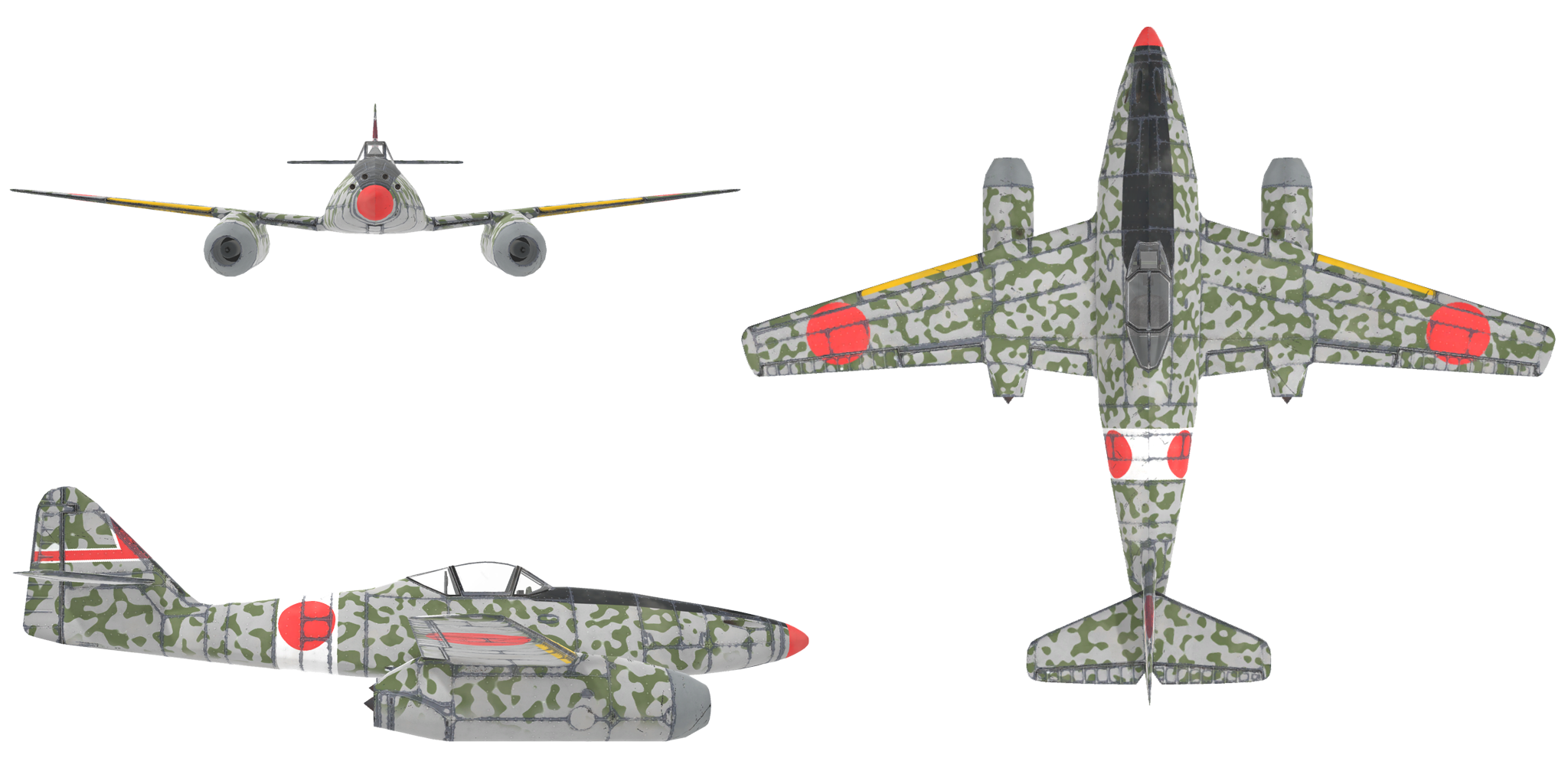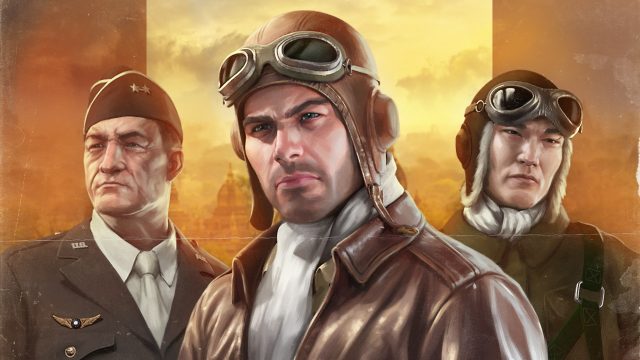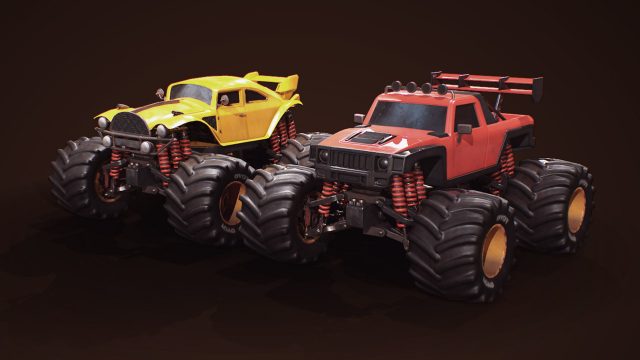
KI-201 FIREDRAGON (ME-262A-1)
February 20, 2017 — The Nakajima Ki-201 Karyū was the Japanese Army's attempt to produce a jet plane based on the German Messerschmitt Me-262. the Army Air Force was trying to perfect their design at the same time the Japanese Navy Air Force was working on the Nakajima Kikka attack plane, taking what was being learned about jet aircraft from the Kikka and applying it to a fighter design. And although both were designed by Nakajima there is no evidence of cooperation between the two teams.
It was not an easy ride for either project. It appears that Japan never actually received the technical plans for the Me-262 as the U-boat carrying the designs surrendered to the Allies in May 1945. So both the Kikka and the Ki-201 were designs based on manually reverse-engineered layouts of the Me-262.
The Ki-201 was going to be an attack fighter and interceptor, able to deter enemy ships off the Japanese coast. It was also to carry a 16,000-pound bomb and was armed with two 20mm and 30mm cannons.
The army wanted the new super-planes finished by December 1945 but unfortunately work on the prototype had not even begun by the time the Japanese surrendered.
The Kikka proceeded a bit farther along its design path. Although the Kikka never actually saw battle, it still became Japan’s first jet-powered aircraft, the very first World War II Japanese jet plane capable of taking off under its own power.
After seeing Germany testing the Messerschmitt Me-262 fighter in 1944, the IJAAF directed Nakajima to develop a twin-jet aircraft based on the Me-262. Among their conditions were that the wings should be foldable (so that it could be hidden in caves or tunnels around Japan, in case of invasion), and that it could be built by unskilled labor.
The Kikka airframe was much smaller than the Me-262A and was constructed from metal. The engines were mounted in pods slung beneath the wings, enabling the designers to test different engines without having to alter the layout.
The Kikka first used a crude thermojet engine that was basically just a fan fitted with an afterburner. Subsequent designs were finessed somewhat, based on the Ne-10 (TR-10) centrifugal-flow turbojet, and the Ne-12. However, these engines were nowhere near powerful enough to get the aircraft off the ground, and the project was called to a temporary halt. It was only when the decision was made to use the German BMW 003 as a basis for their design that the project started up again.
The first prototype began testing at the Nakajima factory on 30 June 1945. The following month it was delivered to Kisarazu Naval Airfield. The first test flight took place on 7 August 1945, with Lieutenant Commander Susumu Takaoka flying the plane. It performed well but there were worries about the length of the takeoff run.
For the second test flight, rocket-assisted take-off units were fitted, but technicians mounted the engines at the wrong angle, forcing Takaoka to abort the take-off and almost spinning out of control. Eventually, the plane ran over a drainage ditch, tearing off the landing gear, and stopping just short of crashing into Tokyo Bay.
But before the aircraft could even be repaired, the Kikka suffered the same fate as its sister, the Ki-201. Japan surrendered and World War II was over.





